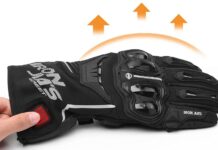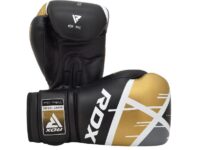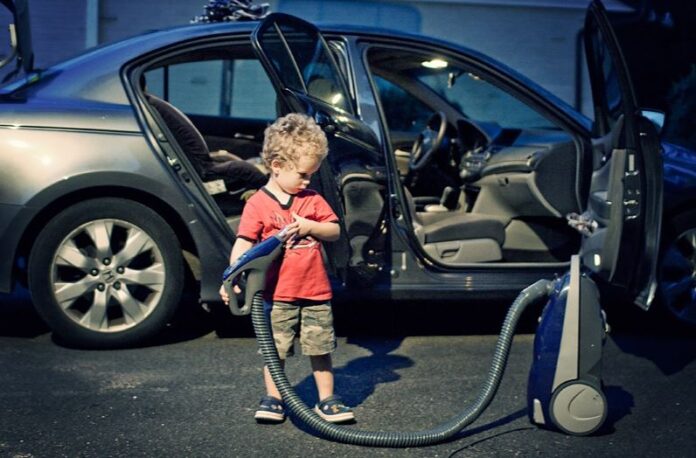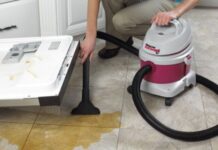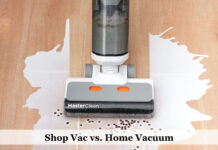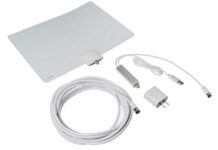In the current household life, the use of electronic cleaning tools are becoming more and more relevant. This is mostly due to their ease of accessibility. This handy use of tools has therefore led to the development of various other similar tools as well. Most of these inventions were just useful modifications of an existing tool. Among such tools, the shop vacuum cleaner is a very impressive addition to the vacuum cleaner portfolio.
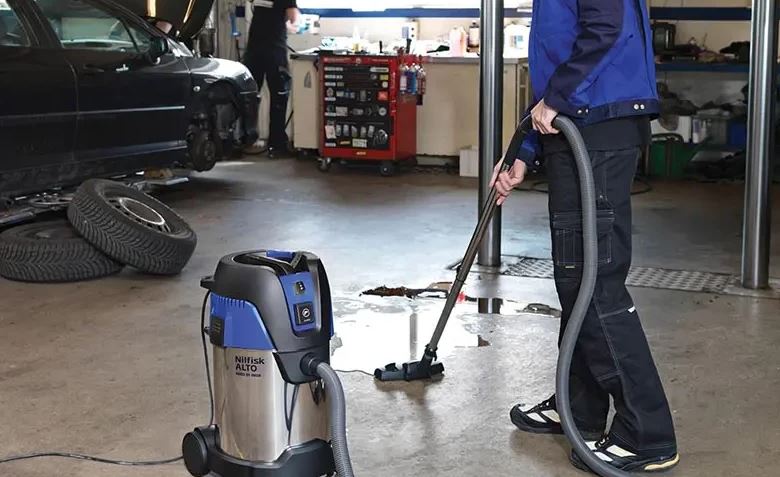
The main reason why shop vacuum is so different from typical vacuum cleaners is because it can suck up water. This is an immense upgrade from the conventional vacuum where it needs to avoid a watery mess. This unique upgrade allows a shop vacuum to be used even as a pump to remove excess water from other water sources. With such a wide number of uses the operation of the shop vac is a bit different. It depends on whether it will be used to clean floors or suck up water.
There are certain steps to follow to oversee the stable operation of the shop vacuum. The step-by-step guide to using a shop vac for water issues is as expressed below :
How to use Shop Vac for Water?
1. Removing the bag
A bag cannot be used for wet operations since it will be much more conventional to use another container to hold the water. The bag itself will get wet and can cause the machine to malfunction.
2. Filter change
Shop vacuums are often equipped with plastic filters made especially for wet usage. These are called wet filters. Changing the dry filter into the wet filter before a wet operation is extremely necessary.
3. Attaching the nozzle
Shop vacuums come with special attachments for their wet operations. These attachments often are made to aid these wet operations and are called wet nozzles. Such nozzles help the functionality of the vacuum on a wet surface.
4. Plugging into the appropriate outlet
Since the shop vacuum uses electricity much like other vacuums it is recommended for it to be used with a GFCI outlet. This will ensure a safer wet operation for the user and will negate the risk of electrocution.
5. Vacuuming the water
The water is to be vacuumed from the floor if it is spread. In the case of water removal, the nozzle is to be hovered over the water source until the storage unit is full.
6. Disposing the debris
Before emptying the unit the larger pieces of debris are to be removed in order to ensure safer and smoother disposal of the water.
7. Water Disposal
After filtering out the larger pieces of the debris the water can be safely disposed of into the designated disposal area or may be stored for use in future purposes.
8. Disinfecting
After the use of the vacuum, it is important to clean up the canister and the nozzle before another usage. This is because the versatility of the shop vac can be employed for sensitive places like swimming pools. An unclean canister might cause severe contamination of such pools.
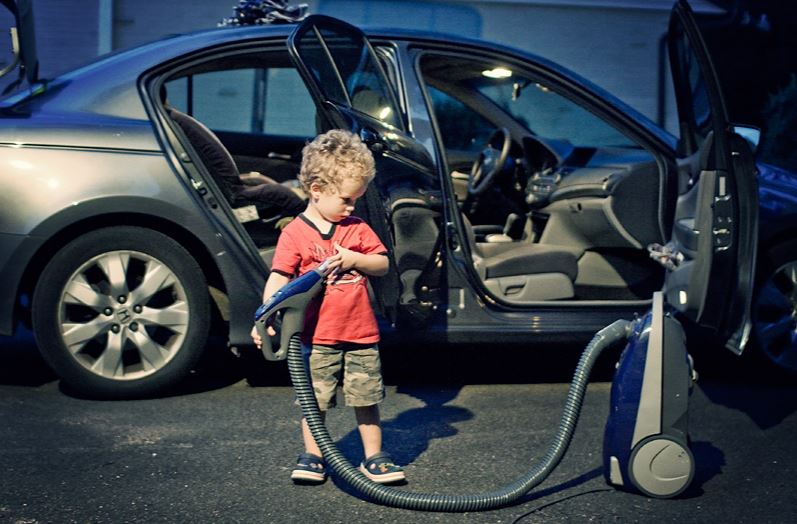
Safety Measures
These were some simple steps that needed to be followed to ensure a proper all-round use of the shop vacuum in a water operation. However, there are still basic precautions that are to be followed during the handling of the equipment. Also, there are several types of shop vacs available for the customers to choose from. However, it is advised to choose a vac depending on the needs of the user.
If the user is going to be using the shop vac for large-scale wet operations. It is suggested that the canister storage unit be of a larger size. This will ensure a more comfortable operation by preventing frequent emptying of the unit. However, if the user will not need such a heavy load a moderate-sized shop vac is recommended. It will ensure a proper balance of capacity and mobility which will mostly be perfect for balanced usage.
Check Also: 11 Best Shop Vac for woodworking
Tips to consider while using a Shop Vac
- Make sure to plug your shop vac in the GFCI outlet to prevent electrical shock.
- Ensure your cord does not get tangled while operating a Vacuum Cleaner.
- You have to unplug and dry out the Shop Vac after completing the cleaning process.
- Always use your Shop Vac with the filter, hence it may reduce the risk of clogging.
- Do not use Shop Vac to clean ignited liquids such as oil, fuels, alcohol, and thinners.
- After cleaning the Shop Vac, use a dry cloth to wipe out the water inside the bin.
- Make sure to clean the hose of the shop vac after every usage to avoid the foul smell and algae formation.
- Do not use a shop vac to clean the pond or a swimming pool, Hence, the larger amount of debris will result in clogging.
Final Words
Lastly, it can be said that no matter how effective the shop vacuum is for a wet operation it should always be handled with extreme caution. Otherwise, it might lead to undesirable accidents. Also, it should strictly not be operated by a minor since it will often involve a higher risk of serious incidents. Other than those basic precautions the shop vacuum can be categorized as a convenient tool for cleaning operations.


